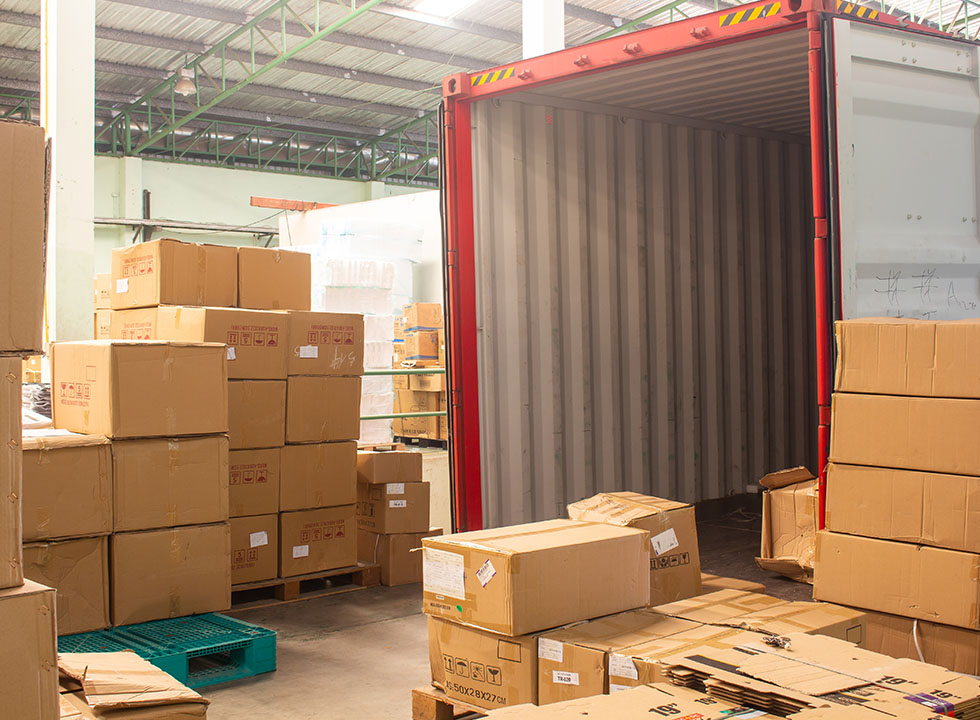FCL vs LCL Shipping: Which Option Fits Your Needs?
When shipping goods internationally, choosing between FCL (Full Container Load) and LCL (Less than Container Load) is a critical decision that impacts costs, timelines, and cargo security. Both methods serve distinct purposes in ocean freight, and understanding their differences is key to optimizing your supply chain. In this guide, we’ll break down FCL and LCL shipping, compare their pros and cons, and help you determine which option aligns with your business needs.
What Are FCL and LCL?
1. FCL (Full Container Load):
FCL involves booking an entire container for your goods. It’s ideal for shipments large enough to fill a 20ft or 40ft container (typically over 10–15 CBM). The container is sealed at the origin and remains untouched until reaching its destination, minimizing handling risks.
2. LCL (Less than Container Load):
LCL consolidates smaller shipments from multiple shippers into one container. It’s cost-effective for cargo under 10 CBM, as you pay only for the space you use. However, additional handling at consolidation and deconsolidation points may extend transit times.
FCL vs LCL: Key Differences
Cost
- FCL: Fixed price for full container; lower cost per unit for large volumes.
- LCL: Pay per CBM; higher per-unit costs for small shipments.
Transit Time
- FCL: Faster due to direct routing and no consolidation delays.
- LCL: Slower due to waiting for cargo consolidation and deconsolidation.
Security
- FCL: Lower risk of damage or theft (sealed container)
- LCL: Higher handling increases risk
Flexibility
- FCL: Best for large, stable shipments.
- LCL: Ideal for small, frequent, or multi-destination deliveries.
How to Choose Between FCL and LCL
Consider these factors to determine the best fit:
1. Cargo Volume
- FCL: Optimal for shipments exceeding 10–15 CBM. For example, bulk electronics or machinery.
- LCL: Cost-efficient for smaller loads (1–10 CBM), such as samples or seasonal products.
Budget Constraints
- FCL offers lower per-unit costs for large shipments, while LCL avoids paying for unused space.
Urgency
- FCL guarantees faster delivery, whereas LCL may face delays during consolidation.
Cargo Sensitivity
- Fragile or high-value goods benefit from FCL’s reduced handling.
- LCL suits durable, low-risk items.
Industry-Specific Use Cases
Electronics: FCL ensures secure, direct transport of fragile gadgets.
Fashion/Textiles: LCL allows flexible, small-batch deliveries to adapt to trends.
Automotive: Mix FCL for bulk parts and LCL for urgent replacements.
Selecting between FCL and LCL hinges on your shipment’s size, budget, and urgency. FCL maximizes security and speed for large volumes, while LCL offers flexibility for smaller loads. Evaluate your needs carefully, and partner with a reliable logistics provider to streamline your global supply chain.



